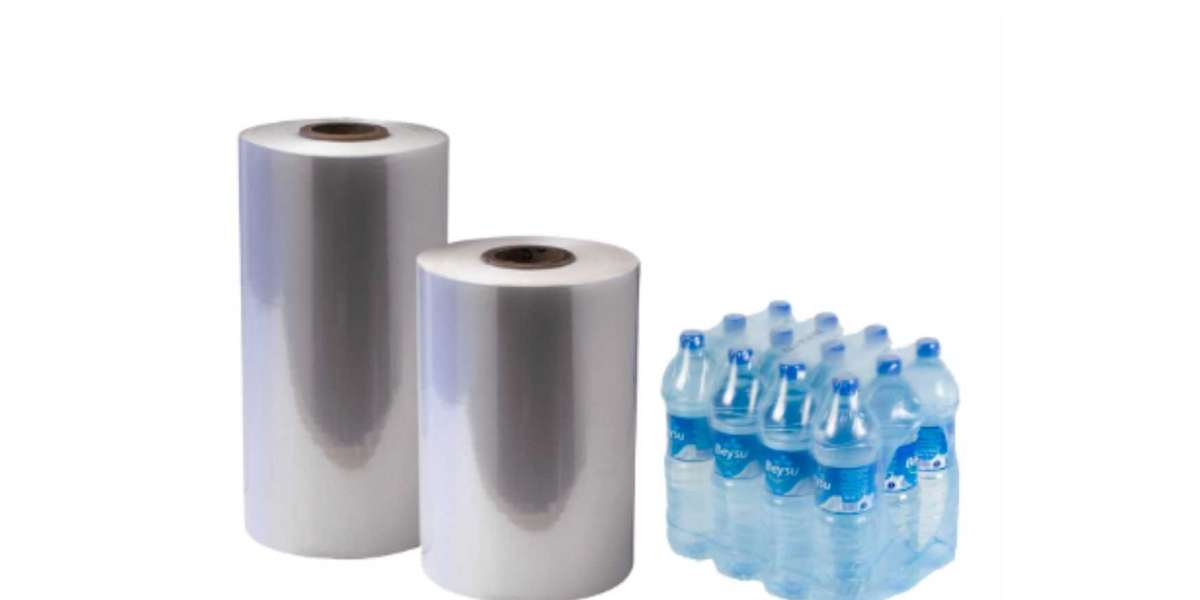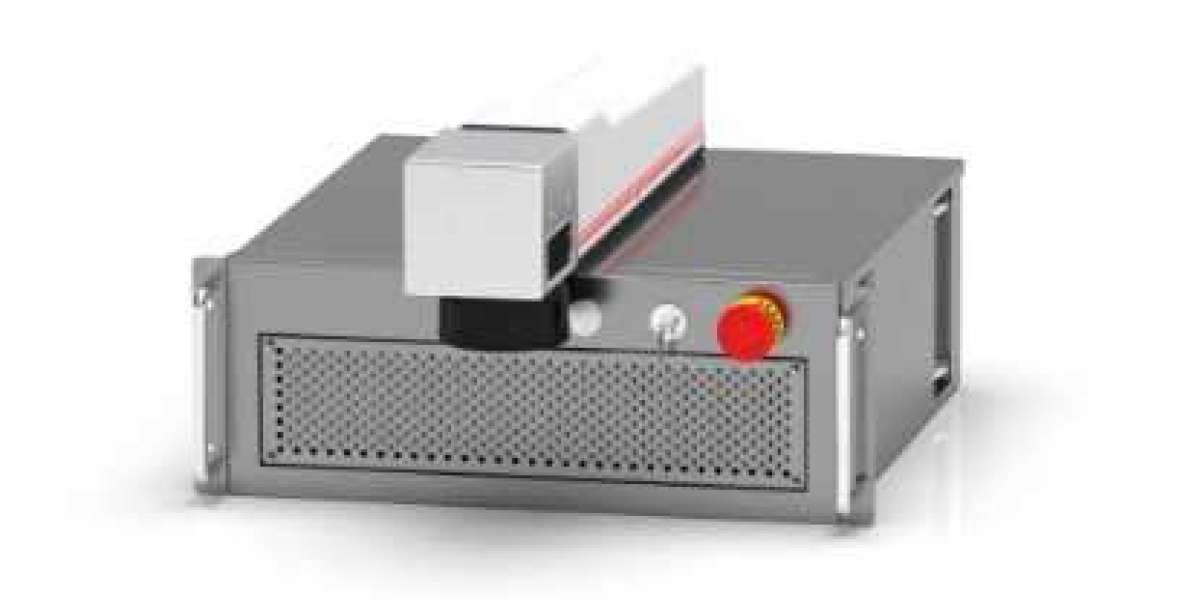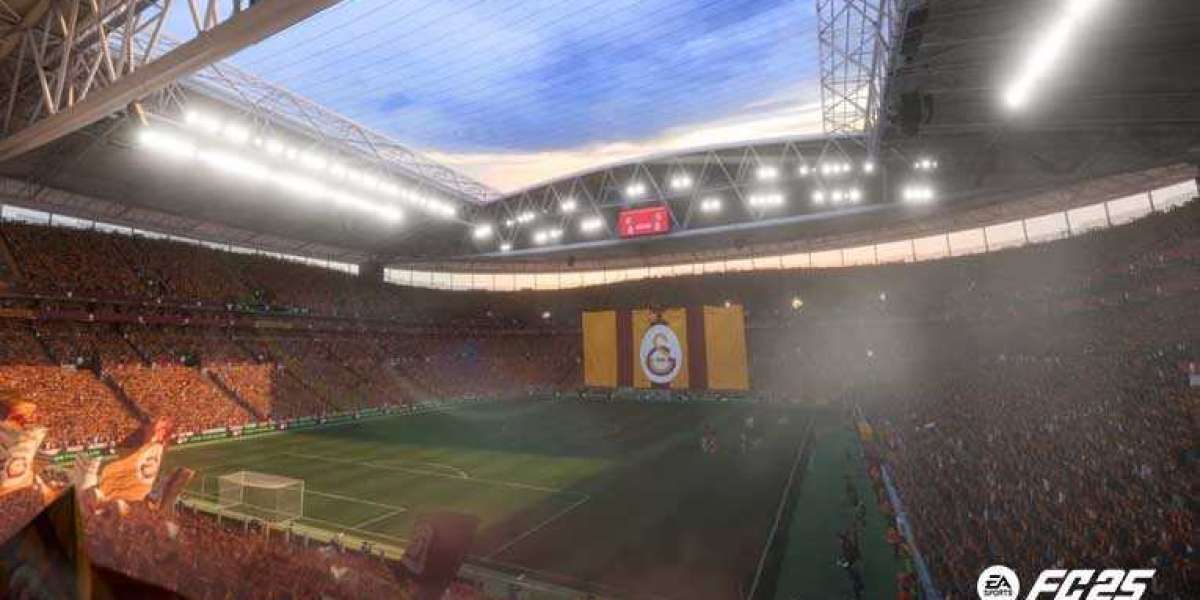EPDM (Ethylene Propylene Diene Monomer) flooring is a versatile and durable synthetic rubber material that has gained popularity in various applications, particularly in commercial, industrial, and recreational settings. This comprehensive guide explores the characteristics, benefits, applications, and considerations of EPDM flooring.
Composition and Properties
EPDM flooring is made from a synthetic rubber compound that combines ethylene and propylene with a small amount of diene monomer. This composition results in several distinctive properties:
- Outstanding weather resistance and UV stability
- Excellent flexibility and elasticity
- Strong resistance to extreme temperatures
- High durability and impact absorption
- Chemical resistance to many common substances
- Water resistance and impermeability
Key Benefits
1. Durability: EPDM flooring is exceptionally long-lasting, with a typical lifespan of 20-30 years when properly maintained. It resists cracking, peeling, and deterioration, making it a cost-effective long-term investment.
2. Safety Features: The material provides excellent shock absorption and slip resistance, making it ideal for areas where safety is a primary concern. Its cushioning properties help reduce the risk of injury from falls, particularly important in playgrounds and athletic facilities.
3. Environmental Performance: EPDM flooring is environmentally friendly in several ways. It's often made with recycled materials, can be recycled at the end of its life cycle, and requires minimal maintenance chemicals. The material also contributes to energy efficiency due to its insulating properties.
4. Versatility: Available in various colors, thicknesses, and formats, EPDM flooring can be customized to meet specific design requirements and performance needs. It can be installed as tiles, rolls, or poured-in-place systems.
Common Applications
Commercial and Industrial:
- Manufacturing facilities
- Warehouses
- Commercial kitchens
- Healthcare facilities
- Shopping centers
- Office buildings
Recreational:
- Playgrounds
- Sports courts
- Running tracks
- Fitness centers
- Swimming pool surrounds
- Athletic facilities
Educational:
- School gymnasiums
- Kindergarten play areas
- University sports facilities
- Indoor recreation centers
Installation Methods
1. Poured-in-Place System:
- Most common for large areas and custom applications
- Two-layer system consisting of a base layer and wear layer
- Seamless finish with excellent durability
- Can be created with patterns and designs
- Professional installation required
2. Tile Installation:
- Pre-manufactured tiles in standard sizes
- Easier installation process
- Good for smaller areas or temporary installations
- Can be replaced section by section if damaged
- Available in interlocking or adhesive-backed options
3. Roll Material:
- Suitable for large areas requiring fewer seams
- Cost-effective for certain applications
- Faster installation compared to poured systems
- Available in various thicknesses and widths
Maintenance Requirements
EPDM flooring is relatively low-maintenance, but proper care ensures optimal performance and longevity:
Daily/Weekly:
- Regular sweeping or vacuuming to remove debris
- Spot cleaning of spills and stains
- Basic mopping with mild detergent as needed
Monthly:
- Deep cleaning with appropriate cleaning solutions
- Inspection for damage or wear
- Assessment of seams and edges
Annually:
- Professional inspection and maintenance
- Deep cleaning and sanitization
- Repairs if necessary
- Evaluation of overall condition
Cost Considerations
The cost of EPDM flooring varies based on several factors:
Initial Costs:
- Material quality and thickness
- Installation method
- Site preparation requirements
- Area size and complexity
- Color and design options
Long-term Costs:
- Maintenance requirements
- Durability and lifespan
- Energy savings
- Replacement needs
- Warranty coverage
Limitations and Considerations
While EPDM flooring offers many advantages, potential limitations should be considered:
1. Installation Expertise:
- Requires professional installation for optimal results
- Proper substrate preparation is crucial
- Weather conditions can affect installation
- Curing time needed before use
2. Cost:
- Higher initial investment compared to some alternatives
- Professional installation adds to overall cost
- Quality variations affect price and performance
3. Repairs:
- Can be challenging to match colors exactly
- Seamless systems may require larger repair areas
- Professional expertise needed for repairs
Future Trends
The EPDM flooring industry continues to evolve with several emerging trends:
1. Sustainability:
- Increased use of recycled materials
- Development of more eco-friendly formulations
- Focus on end-of-life recycling options
2. Technology Integration:
- Smart flooring systems with embedded sensors
- Enhanced UV resistance technologies
- Improved installation methods
3. Design Innovation:
- Expanded color and pattern options
- Custom design capabilities
- Integration with other flooring materials
EPDM flooring represents a robust and versatile solution for many applications, offering an excellent balance of durability, safety, and performance. While the initial investment may be higher than some alternatives, the long-term benefits often justify the cost. Understanding the material's properties, installation requirements, and maintenance needs is essential for making an informed decision about its use in specific applications. As technology and manufacturing processes continue to advance, EPDM flooring is likely to remain a popular choice across various sectors, particularly where durability, safety, and low maintenance are priorities.







